Curating the coolest science news, videos and images from around the web.
Don't wanna be here? Send us removal request.
Photo

More than 19 million years ago, the world's open oceans were absolutely teeming with sharks, roughly ten times more than today. Then, suddenly, these large marine predators almost all disappeared. This devastating and mysterious mass extinction event was only recently discovered through a series of accidental inquiries, and from the evidence we have so far, it's still not clear what caused the abrupt end to so many species. "I study microfossil fish teeth and shark scales in deep-sea sediments, and we decided to generate an 85-million-year-long record of fish and shark abundance, just to get a sense of what the normal variability of that population looked like in the long term," explains paleoceanographer Elizabeth Sibert from Yale University. 📷: Rodrigo Friscione/Getty Images
73 notes
·
View notes
Photo
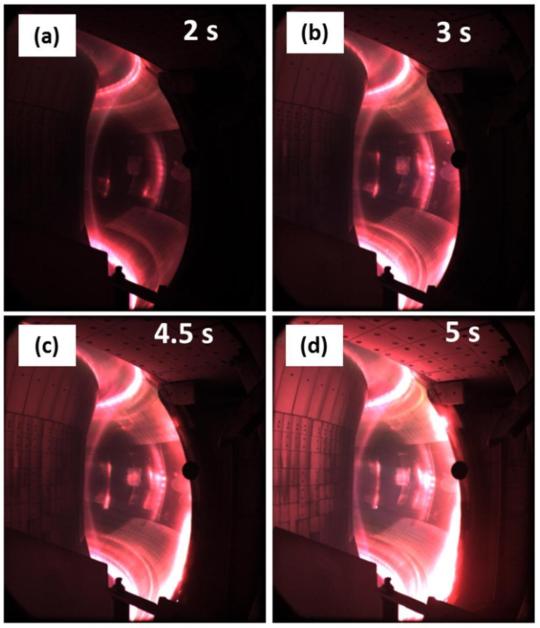
WHOOSH! You're looking at plasma - the fourth state of matter - pulse through the Experimental Advanced Superconducting Tokamak back in 2017. The plasma was likely around 50 million °C. Just a little toasty! Researchers hope that one day create fusion energy to power our cities... but that's still a long way off yet. 📷: Gao et al., Nuclear Fusion, 2017
58 notes
·
View notes
Photo
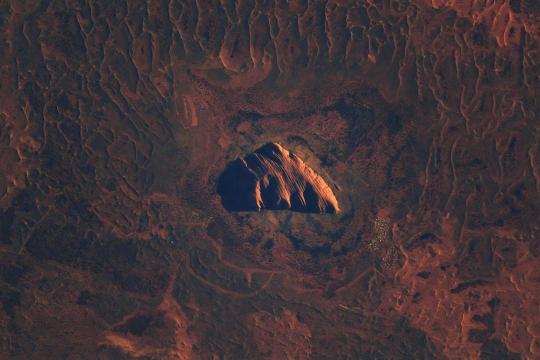
You know what Uluru looks like from the ground - but how about from the air? This incredible picture was taken by Thomas Pesquet on the International Space Station from 408 kilometers up. Uluru has is sacred to the the Pitjantjatjara Indigenous Australians, and is one of Australia's most iconic landmarks. 📷: ESA/NASA–T. Pesquet
59 notes
·
View notes
Photo

Surprise! 🎉 A giant tortoise in the Galápagos Islands that was thought to have gone extinct over a century ago has been rediscovered! Researchers found the female tortoise back in 2019 on the Galápagos' Fernandina Island, and just genetically confirmed it's the long lost Fernandina Giant Tortoise (Chelonoidis phantasticus). Rediscovering this lost species may have occurred just in the nick of time to save it," said James Gibbs, tortoise expert at the State University of New York. "We now urgently need to complete the search of the island to find other tortoises." 📷: Galapagos Conservancy
65 notes
·
View notes
Photo

Look at that nebula scuttle! This image shows the incredible Southern Crab Nebula, taken by Hubble back in 2019. The formation is due to two stars - a red giant and white dwarf - careening around each other and the dust and gas that surrounds it. Swipe to get an annotated version of the shape. Isn't space incredible!? 😍 📷: NASA/ESA/STScI/A. Feild
49 notes
·
View notes
Photo
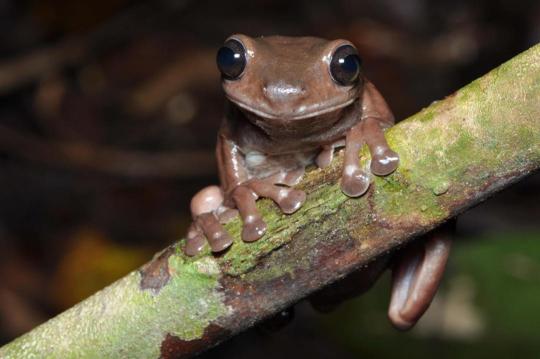
Researchers discovered an adorable new species of tree frog! 😍 They've nicknamed them 'chocolate frogs' for obvious reasons and they're related to Australia's green tree frogs. This delicious flavor of amphibian dwells in the hot, swampy, crocodile-filled, rainforest area of New Guinea. Just look at those huge suction-y fingers for tree gripping! 📷: Steve Richards
65 notes
·
View notes
Photo
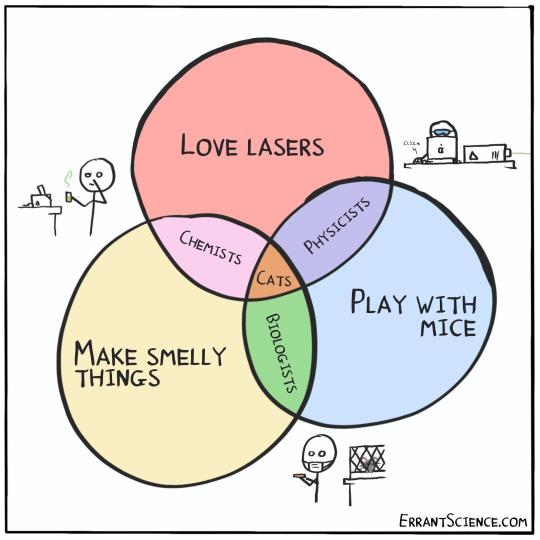
Cats are of course the perfect middle ground of biology, physics and chemistry. 😂 🖍️: @errantscience PS. If you're wondering how physicists play with mice - think of 🖱️ not 🐁.
87 notes
·
View notes
Photo

Is this image Mars or Earth? The two planets can appear incredibly similar, as European Space Agency astronaut Thomas Pesquet discovered while taking a photo of Earth looking decidedly red earlier this month, while onboard the International Space Station. If you wanted to quickly tell, Earth's atmosphere is a beautiful vivid blue – much more blue than the thin atmosphere of Mars, and Pesquet's image displays Earth's signature blue smear enveloping the red soils. 📷: ESA/NASA–T. Pesquet
23 notes
·
View notes
Photo
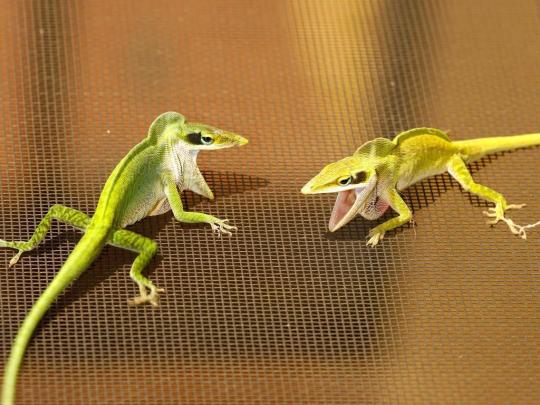
Two male #anoles met in a lane, gaped impolitely and gaped again... then probably started swearing at each other in lizard 😄 Adult male green anoles (Anolis carolinensis) are highly territorial. They establish dominance through a set of ritualized displays - dramatically flaring crests and blackening the spots behind their eyes. If neither combatant retreats, they will fight by biting and interlocking their big gaping jaws. 📷 cfabian/@iNaturalistorg
62 notes
·
View notes
Photo

Where's the best place to watch a hurricane? Space of course! This incredible photo was taken by Astronaut Ricky Arnold back in 2018. He tweeted at the time "Hurricane #Florence this morning as seen from the Space Station. A few moments later, #Isaac & the outer bands of #Helene were also visible." 📷: Ricky Arnold
16 notes
·
View notes
Photo

You might not believe us, but all 12 of these orbs are the same shade of beige. Shrinking the image exaggerates this illusion, while zooming in minimizes the effect, according to David Novick, the creator of the image and a professor of engineering education and leadership at the University of Texas at El Paso. 📷: David Novick
59 notes
·
View notes
Photo

Jupiter looks so pretty in her cotton-candy colors. 😍 The planet's incredible stormy details have been captured here in ultraviolet. Ultraviolet imagery of Jupiter helps scientists track the altitude and distribution of particles in the atmosphere. Higher layers, for example, appear redder due to the absorption of ultraviolet light at high altitude, whereas bluer regions appear so because of the reflection of ultraviolet light at lower altitudes. 📷 NASA/ESA/NOIRLab/NSF/AURA et al.
26 notes
·
View notes
Photo

😱 This bizarre beastie of the deep, washed ashore a California beach earlier this week. The nightmarish lady is an anglerfish, normally found 3,000 feet below the waves. Its strange head protrusion dangles a glowing lure before her viciously toothed mouth to entice prey. We know this one's a female because male's are tiny in comparison - they latch onto the female as a sexual parasite eventually merging so that all that remains of them is their testes. 📷 @crystalcovestatepark
238 notes
·
View notes
Photo

Although this might look like a wisp of cloud on a clear Earth night it's actually much cooler - a photo of a nebula taken from space! The cloud is an emission nebula called NGC 2313 thousands of light years away from us. Emission nebulas are bright clouds of ionized gas that emit their own light!! The image was recently taken by Hubble. 😍 📷: NASA, ESA, Hubble, R. Sahai
42 notes
·
View notes
Photo
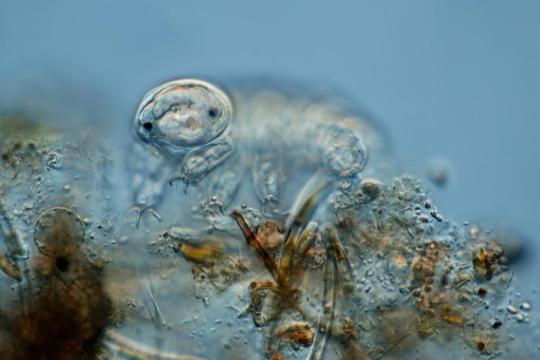
Check out that little transparent face! 🤩 Tardigrades - also known as water bears and moss piglets - are microscopic invertebrates found all over the world! When conditions get nasty they can dry out, reconfigure their bodies and enter suspended animation - called dessication - for years. You can then throw virtually anything at them: frozen temperatures, zero oxygen, high pressures, the vacuum of space, cosmic radiation, and even being boiled! 📷: Frank Fox/Wikimedia/CC BY 3.0
193 notes
·
View notes
Photo

Once, one of the most common invertebrates floating the oceans were ammonites, early relatives of octopus and squid. This one, Psiloceras planorbis, is more than 200 million years old. Almost all ammonites species were wiped out during the Triassic-Jurassic extinction event 201 million years ago. This iridescent fossil was found on private property in Somerset, England and is around 6 cm in diameter (2.25 inches). Its stunning colors arise from the fossilization process of its nacre shell, which is converted to aragonite. Like oil on water, the way different layers of the aragonite structure reflects light, causes the light to interact with itself and produce the gorgeous rainbow sheen. Because different species lived during different time periods, paleontologists use them to get relative ages of the rocks they're found within. 📷 @goldenhourminerals/Instagram
330 notes
·
View notes
